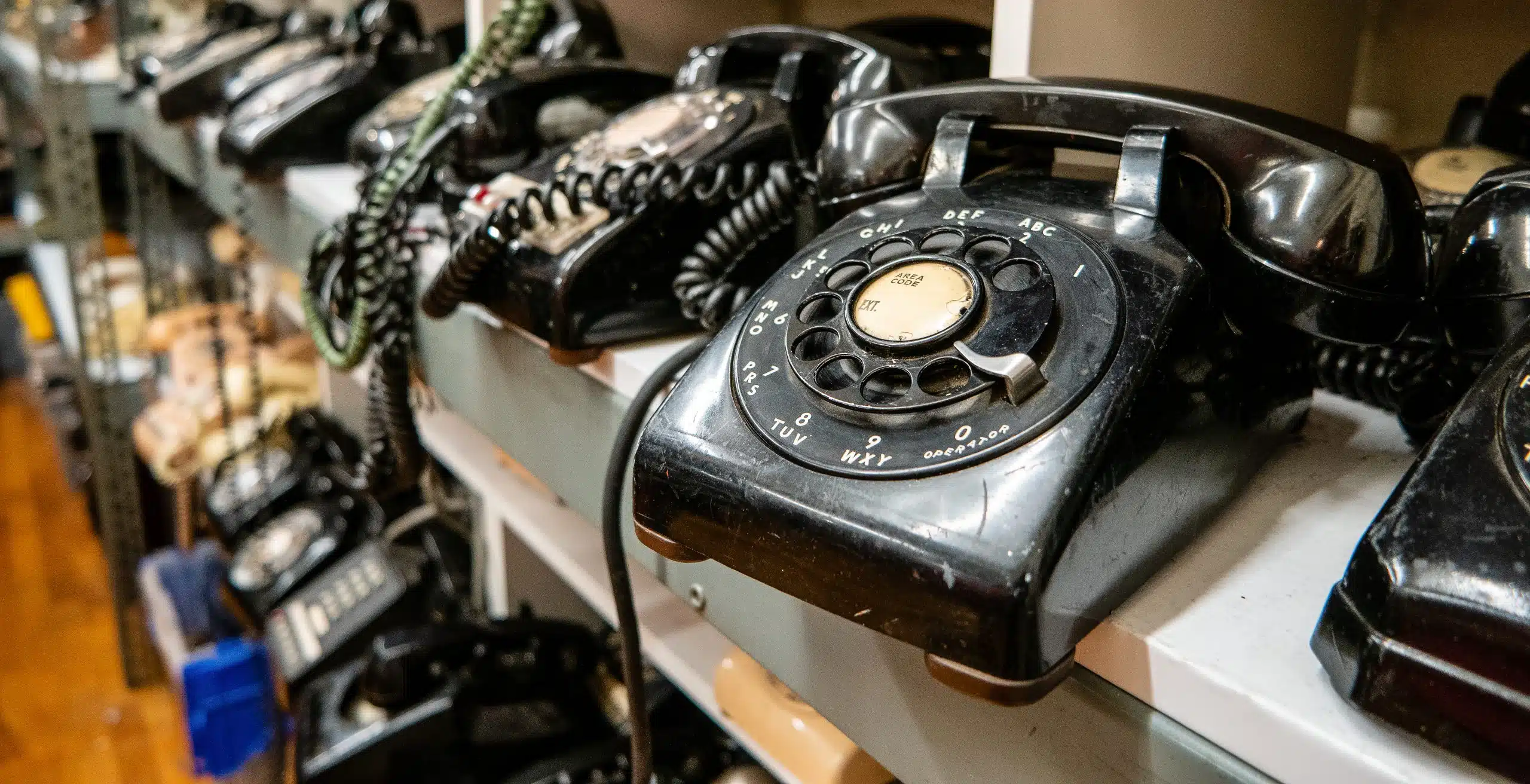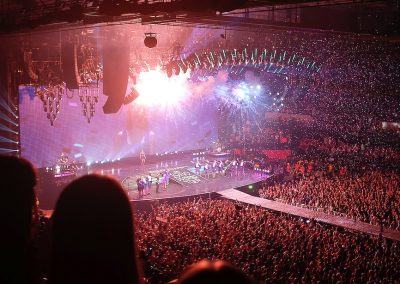When’s the last time you answered survey questions by talking to someone over the phone?
Yeah, we can’t remember either.
The traditional phone survey is a dying breed. Fewer and fewer people own a landline, but 97% of U.S. adults own a cellphone and frequently use it for hours at a time. So, let’s just do surveys via cellphone, right? Not so fast. A whopping eight in 10 Americans say they don’t answer a cellphone call from a number they don’t recognize.
With response rates dropping and younger people becoming increasingly hard to reach, phone surveys are getting more expensive and less representative.
What’s a market researcher to do?
Enter our proprietary digital survey platform that reaches people where they are, when they want.
Our survey tool goes straight to the source, collecting randomized participant responses via text messages and targeted social media advertising — and that’s a big audience: 85% of adults have a mobile smartphone, nearly 70% of adults use Facebook, and 40% use Instagram, for instance. As of February 2021, the percentage of U.S. adults in the following age groups who use at least one social media site is:
- 18-29: 84%
- 30-49: 81%
- 50-64: 73%
- 65+: 45%
Instead of answering invasive and inconvenient calls, participants can respond anytime of day, whether it’s while they’re already scrolling through their social feed or when it’s best for them to respond to a text. The flexibility and ease of response also increase the speed with which data is collected.
During the pandemic, Americans grew accustomed to carrying out large parts of their lives online, and we’ve adapted our methodology to meet those changes.
Several key factors contribute to the digital survey’s success.
- A fair trade – All participants receive a gift card of their choice for their time.
- Engaging elements – Video and pictures are used to explain concepts, and digital offers more possible question types than phone does.
- Better question comprehension – Participants read and respond at their own pace, leading to more accurate responses.
- No time pressure – Surveyors can mix qualitative and quantitative questions without time concerns or budget constraints.
- Hypertargeted – Digital can identify survey audiences using voter files, geography, participant interests and other demographic factors.
- Limitless questionnaire flexibility – Conditional logic allows for survey customization based on participant answers, location, call to action and more.
- Credibility through identity confirmation – A participant’s identity is confirmed digitally by social media sign-in or cellphone-linked name and email address, ensuring valid responses.
- Deeper dives – Pools of participants can be selected (based on their survey responses and other data points) for deeper insights through follow-up in-depth inquiries.
America isn’t taking your phone calls any longer, so step into the digital age and find exactly the right audience for your survey.




